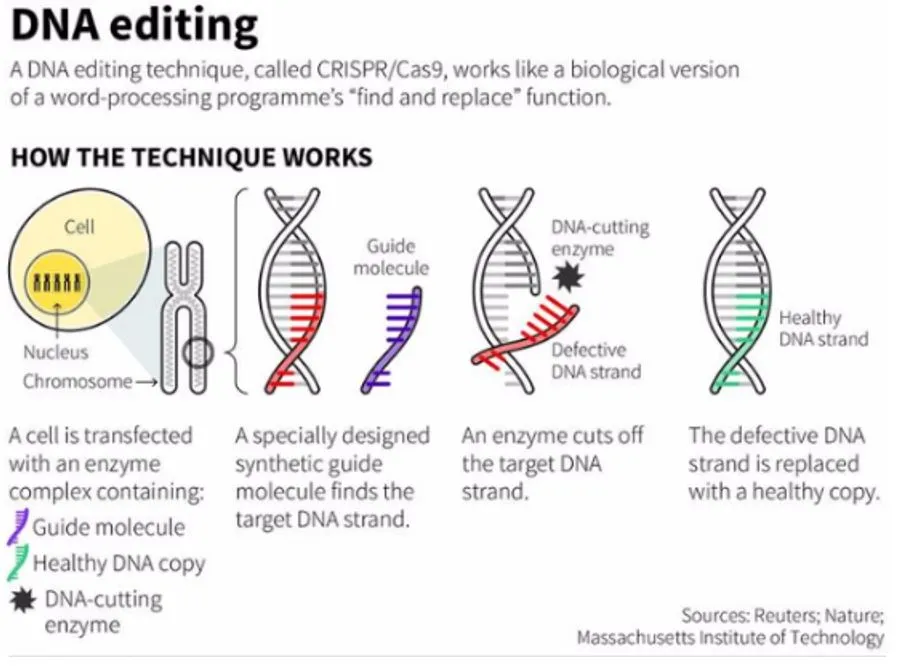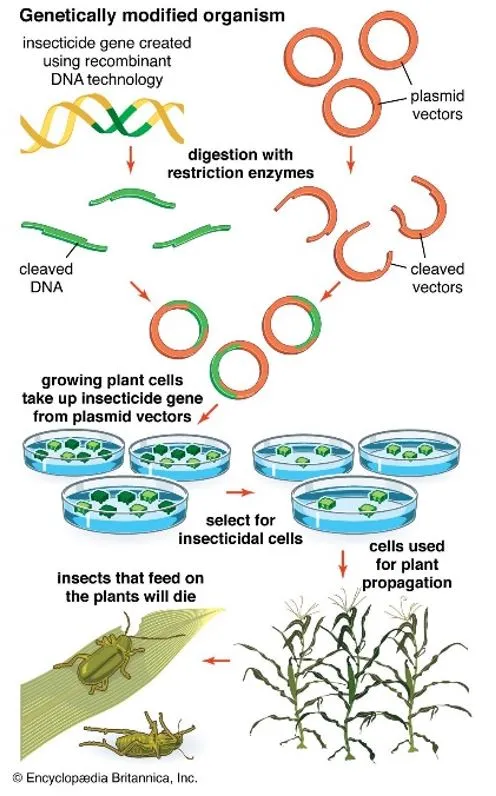

5th May 2025 (11 Topics)
Context
India unveils the world’s first genome-edited rice varieties—Kamala and Pusa DST Rice 1—promising 25–30% higher yields without foreign DNA.
About
- Kamala and Pusa DST Rice 1 are two new genome-edited rice varieties developed in India to help increase crop yield and deal with climate challenges like drought and salinity.
- Kamala was developed by the Indian Institute of Rice Research (IIRR) in Hyderabad.
- Pusa DST Rice 1 was developed by the Indian Agricultural Research Institute (IARI) in Delhi.
- Significance:
- These varieties are expected to increase rice yield by 25–30%.
- They are not genetically modified (non-GMO) — meaning no foreign genes were added. Instead, scientists made small, precise changes in the rice plant’s own genes using a technology called genome editing.
- They are safe, environmentally friendly, and could be ready for commercial farming in 4–5 years.
- They also perform well under stress conditions like drought, making them suitable for changing climate conditions.
- These rice types are likely to replace popular varieties like Sambha Mahsuri and Cottondora Sannalu, which are widely grown across India.
- Policy and Legal Framework: In 2022, India exempted certain genome-edited crops (Site Directed Nuclease 1 and 2 types) from the strict biosafety rules applied to GM crops.
- This legal change opened the door for quicker deployment of genome-edited crops like Kamala and Pusa DST Rice 1.
Fact Box:Genome Editing in Agriculture
|



